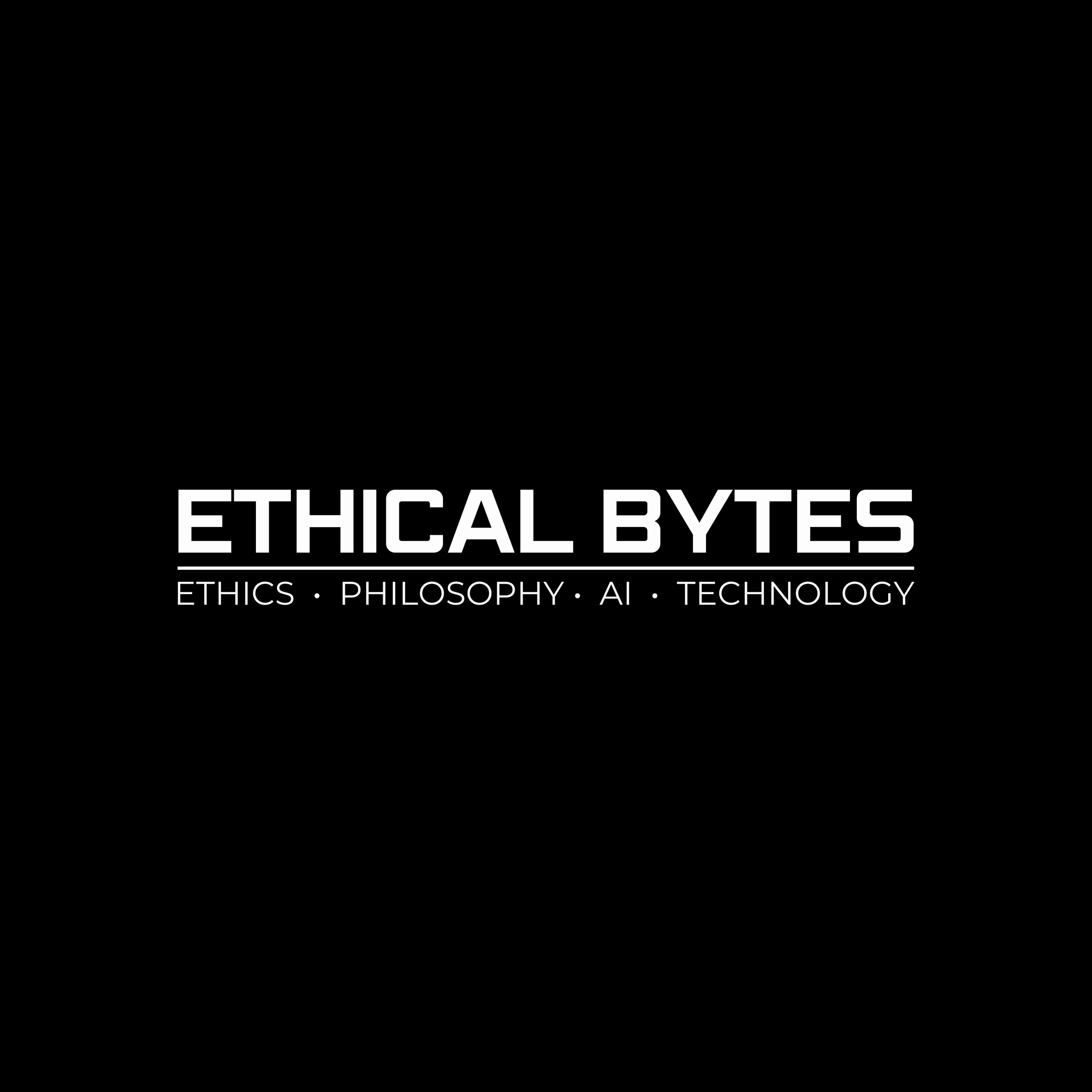The Virtual Self in the Age of Generative AI


The merging of man and machine is an idea that has been explored in countless sci-fi stories over the decades.
Today, our host Carter Considine explores the emerging concept of digital twins, also known as virtual selves, and the philosophical, ethical, and practical implications of these AI-driven replicas.
Digital twins are AI models that mimic a person’s behavior, knowledge, and preferences, evolving over time to reflect their identity. These virtual selves can take many forms, from personalized avatars and AI assistants to more advanced models used in industrial and commercial applications. Companies like Delphi, Personal AI, and MindBank.ai are leading the way in creating virtual clones designed to extend an individual’s presence, expertise, and productivity.
Our host unpacks the vision of futurist Ray Kurzweil, who predicts that advancements in AI and biotechnology will lead to a merging of humans and machines, culminating in the Singularity, where superintelligent, AI-enhanced humans could transcend mortality. It’s a vision that raises profound questions about consciousness and the nature of identity. If a digital twin behaves like a human, does it need to be conscious to be meaningful? Westworld is the latest in a long line of sci-fi hits that attempted to tackle that question (among others)—and it won’t be the last!
Then there’s the computational theory of mind (CTM), which suggests consciousness as an inevitability in AI. However, critics, including Jan Söffner, argue that true consciousness requires physical embodiment and sensory experience, which digital twins lack. Söffner warns that immersion in virtual environments could lead to a detachment from reality, citing the myth of Narcissus as a metaphor for humanity's growing obsession with virtual reflections.
There’s palpable tension between Kurzweil’s optimistic vision of human-AI integration and Söffner’s cautionary stance. While digital twins promise new possibilities for extending human capabilities, they also risk eroding the fundamental aspects of human identity—such as embodiment and shared experience—which remain essential for ethical and psychological well-being.
Key Topics:
- The Concept of Creating a Virtual Self (00:00)
- The Current Landscape of Digital Twins (01:06)
- Could My Digital Twin Be Concious? (03:27)
- The Future of the Virtual Self (05:29)
- The Allure of the Virtual and Its Pitfalls (06:23)
- The Crossroads of Virtual and Human Identity (08:51)
More info, transcripts, and references can be found at ethical.fm
The concept of creating a “virtual self” has many names, from “digital twin” to “digital clone” all of these concepts refer to creating an AI model that replicate a person's knowledge and evolve with them over time. As large language models (LLMs) and AI systems evolve, the boundaries between humans and their digital counterparts are starting to blur. What does it mean to have a virtual self? How does this challenge our understanding of consciousness, reality, and finding meaning in a more and more virtual universe?
The Current Landscape of Digital Twins
The digital twins available on the market today have advanced past personalized avatars, ranging from personalized AI assistants, which learn and mimic user behaviors, to virtual replicas used in industrial and commercial applications. For individuals, these twins might exist in social media algorithms, generative AI models trained on personal data, or immersive virtual reality (VR) environments.
Companies like Delphi, Personal AI, and MindBank.ai are some of the top startups building various renditions of an AI-powered virtual clone. Each company uses different language to describe what this virtual self looks like, for example, Delphi helps you “build the digital version of you[rself] to scale your expertise and availability, infinitely” appealing to influencers, founders, coaches, and other types roles where knowledge, expertise, or personality is their main value. While Personal AI and MindBank.ai focus on personal knowledge management, evolving over time to mirror an individual’s knowledge and adapt dynamically to enhance your productivity, mental wellness, and perhaps legacy-building by recording personal stories and philosophies. These innovations illustrate the increasing sophistication of digital twins and their potential to mirror, manage, and even extend aspects of human identity.
However, the concept of a “virtual self” is not entirely new. Ray Kurzweil, inventor, futurist, and author of The Singularity is Near, has been arguing that eventually, advancements in AI and biotechnology will culminate in the “Singularity,” a moment when humans merge with machines, achieving superintelligence and potentially immortality. In 1999, Kurzweil predicted AGI would emerge by 2029, and by 2045, we could experience the Singularity—a merging of human intelligence with artificial systems.
Could My Digital Twin Be Conscious?
A looming question exists at the heart of virtual twins, the question of consciousness. If a digital twin behaves indistinguishably from a human in terms of reasoning, emotions, and preferences, does it matter whether it is conscious? This question echoes a profound exchange between two characters in the first episode of Westworld, a sci-fi drama set in a futuristic theme park with highly advanced humanoid robots catering to the desires of human guests. The main character asks the host helping them into period appropriate clothing if she is real. She responds, “Well, if you can’t tell, does it matter?” This challenges us to reevaluate the importance of consciousness itself—an issue Marvin Minsky, one of the founders of the field of AI, dismissed as nonscientific, yet, Kurzweil, who trained under Minsky for 10 years, regards as the crux of the debate.
One philosophical theory called computational theory of mind (CTM) posits that the mind operates as a computational system, akin to a Turing machine, raising the question if “consciousness” of a virtual self can emerge from its computational framework. Critics argue that true consciousness requires some kind of physical embodiment and sensory experience—a perspective Jan Söffner, Visiting Professor in German Studies at Stanford University and Chair of Cultural Theory and Cultural Analysis at Zeppelin University, aligns with in his critique of the virtual. He claims that while digital replicas may mimic human behaviors and are trained with believable feedback loops, virtual interactions lack the embodied “transcendence” that defines a true human experience.
The Future of the Virtual Self
However, Kurzweil envisions a digital self beyond mere mimicry. He foresees humans integrating with cloud-based AI, expanding their cognitive capacities, and creating “human-machine hybrids.” In this future, digital twins might not merely reflect us but become us, extending our memories, capabilities, and even consciousness into virtual domains.
However, can such integration retain what it means to be human? The permanence of a virtual self, stored indefinitely in digital archives, could challenge the traditional human experience of impermanence and growth. The blending of the real, the actual, and the virtual would become seamless.
The Immersive Allure of the Virtual and Its Pitfalls
Söffner claims that understanding the difference between the real, the actual, and the virtual is essential for our humanity in an increasingly virtual world, describing modern virtuality through the myth of Narcissus. In his tragic infatuation with his own reflection, Narcissus symbolizes humanity’s immersion in the virtual—a loop of feedback and interaction devoid of substance. Although his reflection is real, Narcissus may never experience actually touching his own reflection. There is nothing behind the mirror; the interaction calls for an actual experience but is simultaneously blocked. This immersion, Söffner argues, numbs individuals to the reality and actuality of their surroundings. Modern virtuality, such as VR or AI-driven relationships, mirrors this state of “becoming without being”.
The digital twin in its current form, while powerful, remains incomplete. As Söffner emphasizes, virtual selves lack the imperative to actualize; they are trapped in eternal potentiality, unable to bridge the gap to full realization. This absence of meaningful, human embodiment is the core of ethical dilemmas related to virtual relationships, particularly when people project emotional, relational, or existential needs onto such systems. The cases of individuals forming deep attachments to AI personas, sometimes with tragic consequences and even suicide, underscore this issue.
While Kurzweil’s optimism is captivating, Söffner is offering a cautionary perspective. A completely virtual self risks severing the ties between reality and human interaction. Actuality—rooted in embodiment and shared experiences—cannot be entirely virtualized without significant ethical and psychological costs. Reality, as Söffner emphasizes, requires reference to an external world, a condition seemingly unmet by current AI systems. Many AI systems are trained on ground truth data, which refers to reality, but do not contain the whole of physical experience.
The Crossroads of Virtual and Human Identity
As generative AI and digital twins advance, we face a pressing need to address their ethical implications. The question, “If you can’t tell, does it matter?” forces us to confront the boundaries of consciousness and societal value we place on authenticity, agency, and the actual world.
While AI remains a technological marvel, the potential for a completely virtual future must not overshadow the importance of the actual world and humanity working within it. Proceeding with awareness in developing AI will ensure a future that harmonizes with humanity and maintains the irreplaceable aspects of reality, embodiment, and shared existence.


